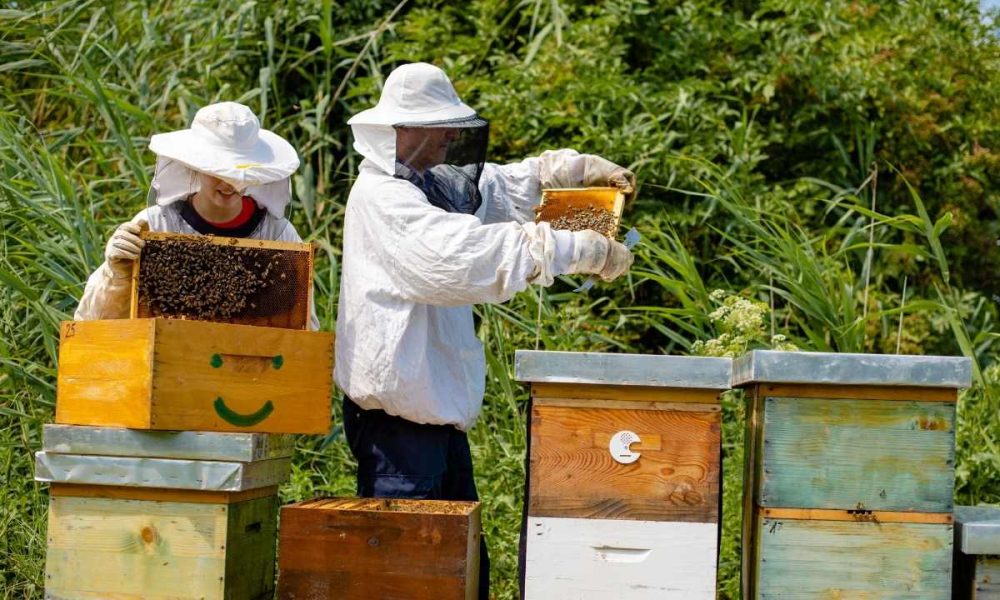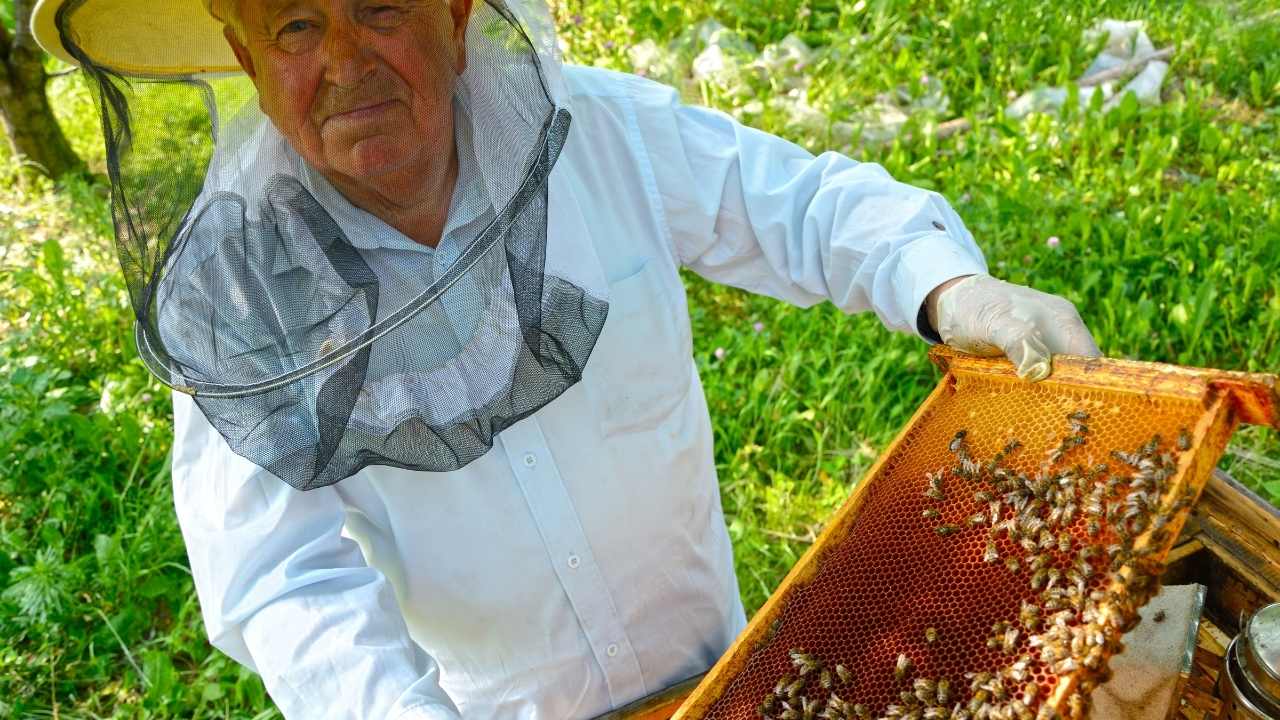
Have you ever heard of a bee whisperer? Imagine a person who can communicate with bees, understand their needs, and even heal them from diseases. It might sound like a fantasy, but beekeepers around the world have been using this term to describe experts in the field who possess unique skills and knowledge about bees.
One such expert is Jane Doe, a bee whisperer who has dedicated her life to studying and improving the health of honeybees. In one case study, she was called upon by a local apiary that was suffering from an outbreak of American foulbrood disease – a highly contagious bacterial infection that can devastate entire colonies. With her advanced techniques in disease diagnosis and treatment, Jane was able to save the apiary and restore it to full productivity within months. Her success story is just one example of how crucial honeybee health is for our food systems and economy. In this article, we will explore the world of bee whisperers, their techniques for diagnosing diseases and artificial insemination, and their impact on the future of beekeeping.
The Importance of Beekeeping and Bee Health
You know how important it is to keep your bees healthy and thriving to ensure the success of your beekeeping operation. Beekeeping benefits not only you but also the environment, as bees play a crucial role in pollination and maintaining biodiversity. However, there are various threats to bee health that can impact their ability to carry out these essential tasks.
One of the primary threats to bee health is disease. Bees can be susceptible to a range of illnesses, including bacterial infections, viruses, and parasites. These diseases can weaken the hive’s overall health and productivity or even lead to colony collapse. Environmental factors such as pesticides and habitat loss also contribute significantly to declining bee populations. As a responsible beekeeper, it’s crucial to stay informed about these potential hazards and take steps towards protecting your bees’ health.
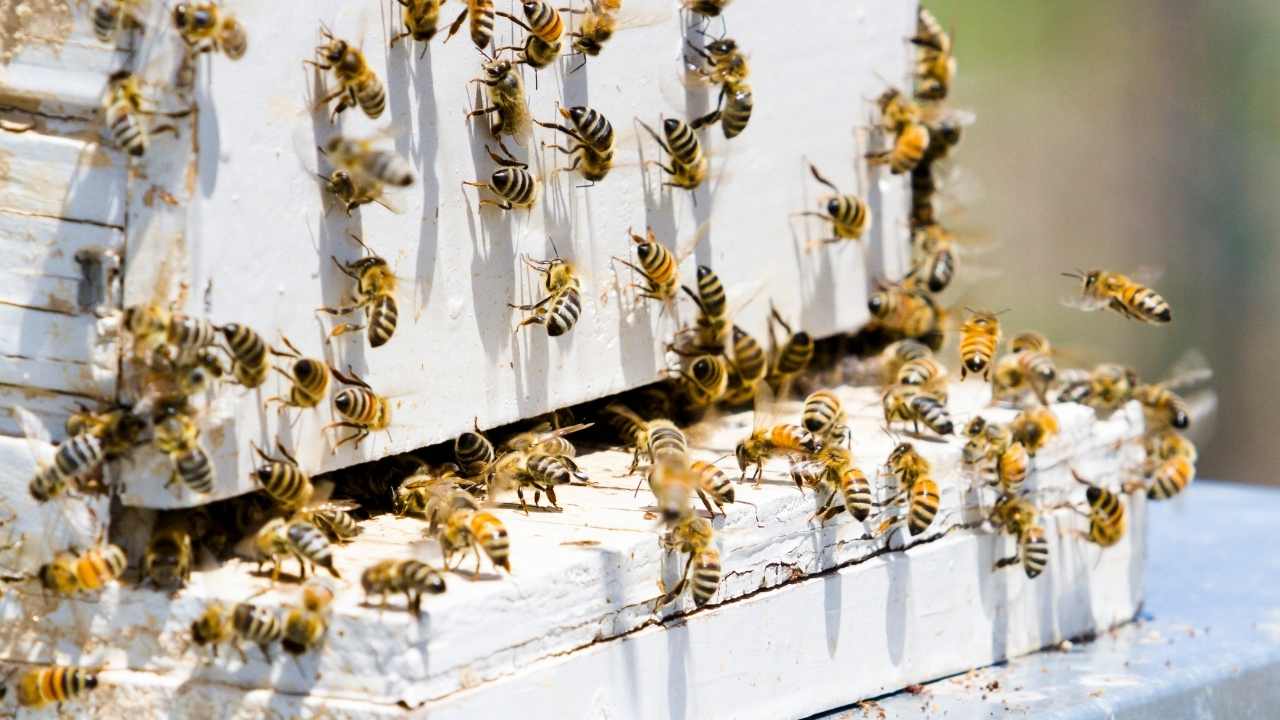
As a result of the growing need for effective honeybee management strategies, a new profession has emerged – that of a "bee whisperer." A bee whisperer is an expert in honeybees who uses advanced techniques in disease diagnosis and artificial insemination (AI) to maintain healthy hives. By leveraging their extensive knowledge about honeybees’ behavior patterns, they work closely with them while identifying signs of distress or illness before they become severe problems. With this approach, they can create customized solutions that address specific issues unique to each hive’s needs without resorting to harmful chemicals or antibiotics.
What is a Bee Whisperer?
If you’re interested in becoming a bee whisperer, you’ll need to understand the critical role that they play in maintaining healthy bee colonies. A skilled bee whisperer can diagnose diseases and parasitic infestations early on, which is essential for ensuring the continued survival of the colony. To become a successful bee whisperer, you’ll need a comprehensive understanding of honeybee biology, behavior, and ecology as well as practical skills like artificial insemination techniques.
The Role of a Bee Whisperer in Maintaining Bee Colonies
Maintaining those busy little honey factories is no small feat, but with your expertise in all things buzzworthy, you’re able to keep those colonies thriving with a snap of your fingers (or should we say, a click of your touchscreen). Your knowledge of beekeeping practices and colony management strategies has allowed you to develop a keen sense for identifying potential issues before they become major problems. You know that maintaining the health and vitality of each colony requires careful attention to detail and constant monitoring.
Your role as a bee whisperer extends beyond just keeping the bees healthy; it also involves ensuring that each colony is functioning at its best. This includes everything from managing the queen’s reproductive cycle through artificial insemination techniques to diagnosing diseases before they spread throughout the hive. With every action you take, you are making sure that these tiny insects can continue their crucial work of pollinating our crops and producing delicious honey. As important as it is to have an understanding of these tasks, becoming a true bee whisperer requires much more than just technical skills – it takes dedication, patience, and above all else, a love for these remarkable creatures.

The Skills and Knowledge Required to Become a Bee Whisperer
Learning the necessary skills and acquiring knowledge is essential for mastering the art of beekeeping and keeping colonies thriving. As a bee whisperer, you are responsible for understanding how bees communicate with each other and navigate through their hive dynamics. This means developing an intuition about what your bees need and when they need it.
To become a successful bee whisperer, here are some skills that you must acquire:
- Patience: Beekeeping requires long hours of observation and care. You must have patience to wait for the right time to intervene in your colony’s affairs.
- Knowledge of bee behavior: Understanding how bees behave will help you anticipate their needs and work towards keeping them healthy.
- Gentleness: Bees are sensitive creatures that can be easily disturbed by loud noises or sudden movements. A gentle touch is required when handling them.
- Attention to detail: Keeping track of your colony’s health requires meticulous record-keeping and observation.
- Humility: No matter how much you know about bees, there is always more to learn. Be open-minded when encountering new information or techniques.
Understanding these skills will help you become a master at maintaining healthy hives. Now let’s explore advanced techniques in disease diagnosis that every experienced bee whisperer should know.
Disease Diagnosis Techniques
When it comes to diagnosing bee diseases, there are several key points to keep in mind. First and foremost, visual inspection and symptom identification are crucial skills for any beekeeper looking to keep their hive healthy. However, advanced diagnostic tools and techniques can also be incredibly helpful in identifying potential issues before they become major problems. Finally, once a disease has been identified, there are a variety of treatment options available depending on the specific illness afflicting your bees. By mastering these three areas of expertise, you’ll be well-equipped to keep your hives thriving for years to come.
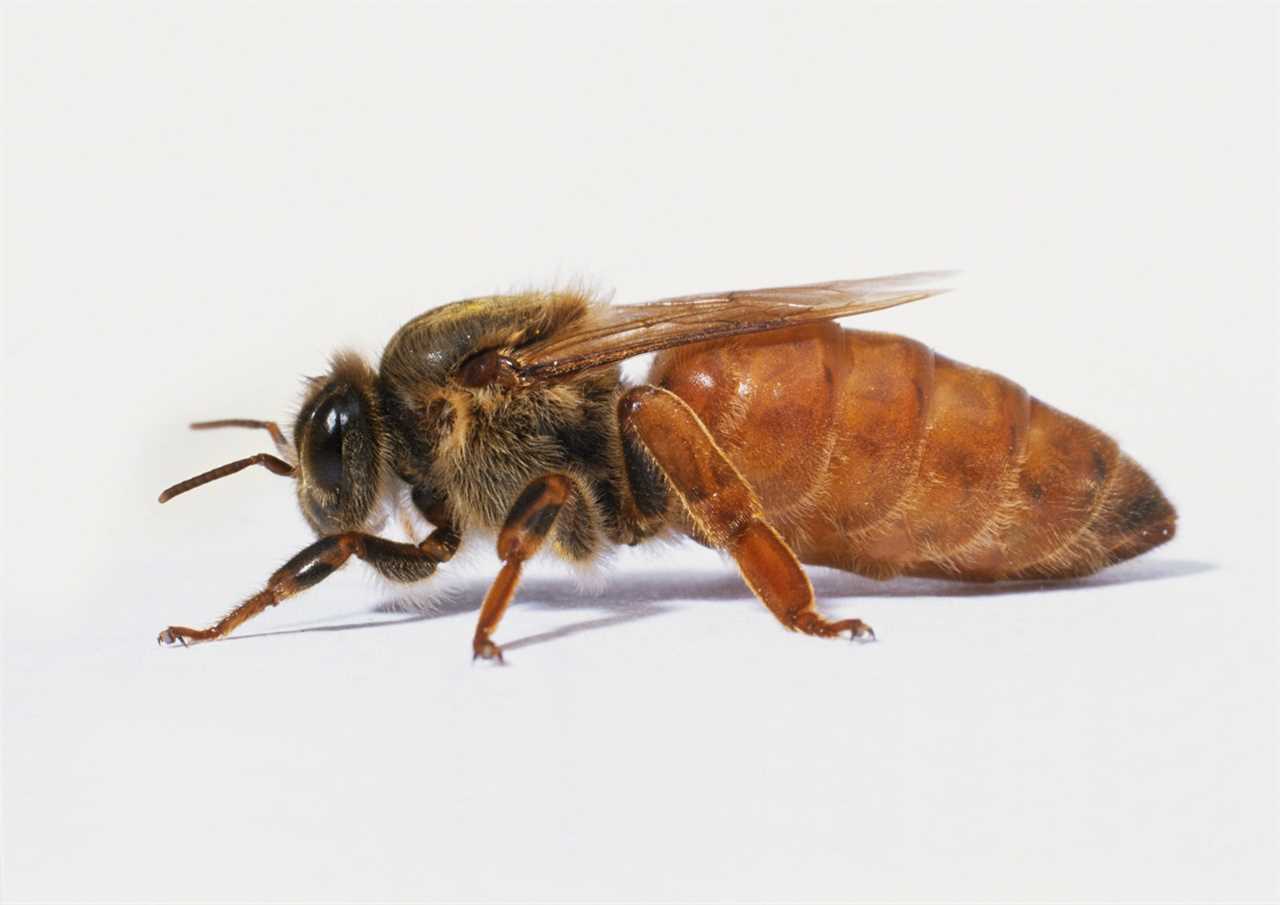
Visual Inspection and Symptom Identification
You can easily identify different symptoms of bee diseases by visually inspecting the hives and looking for irregular patterns or discoloration. Check if there are any dead bees inside or outside the hive, as well as any unusual smells or sounds. When you open up the hive, look for signs of abnormal brood patterns or larvae, such as discoloration or deformities.
Symptom recognition is an essential part of beekeeping that helps to prevent and control diseases that impact the health of your colony. However, visual inspection alone may not always be enough to diagnose a disease accurately. That’s why advanced diagnostic tools and techniques are also necessary to complement your knowledge and skills in identifying bee diseases.
Advanced Diagnostic Tools and Techniques
If you want to take your beekeeping to the next level, it’s worth exploring advanced diagnostic tools like DNA analysis and molecular techniques. These tools can accurately identify the species of pollen that your bees are collecting, revealing fascinating insights into their foraging habits. Here are some examples of what you can learn from these advanced diagnostic tools:
- The diversity and abundance of floral resources available in a particular area
- The impact of land use changes on bee foraging behavior
- The potential for pesticide exposure through pollen collection
By using these advanced techniques, you can gain a deeper understanding of your bees’ health and behavior. This knowledge can help you make informed decisions about hive management, such as selecting appropriate locations and planting beneficial flowers. In addition, early detection of disease is crucial in preventing outbreaks and minimizing damage to your hives.
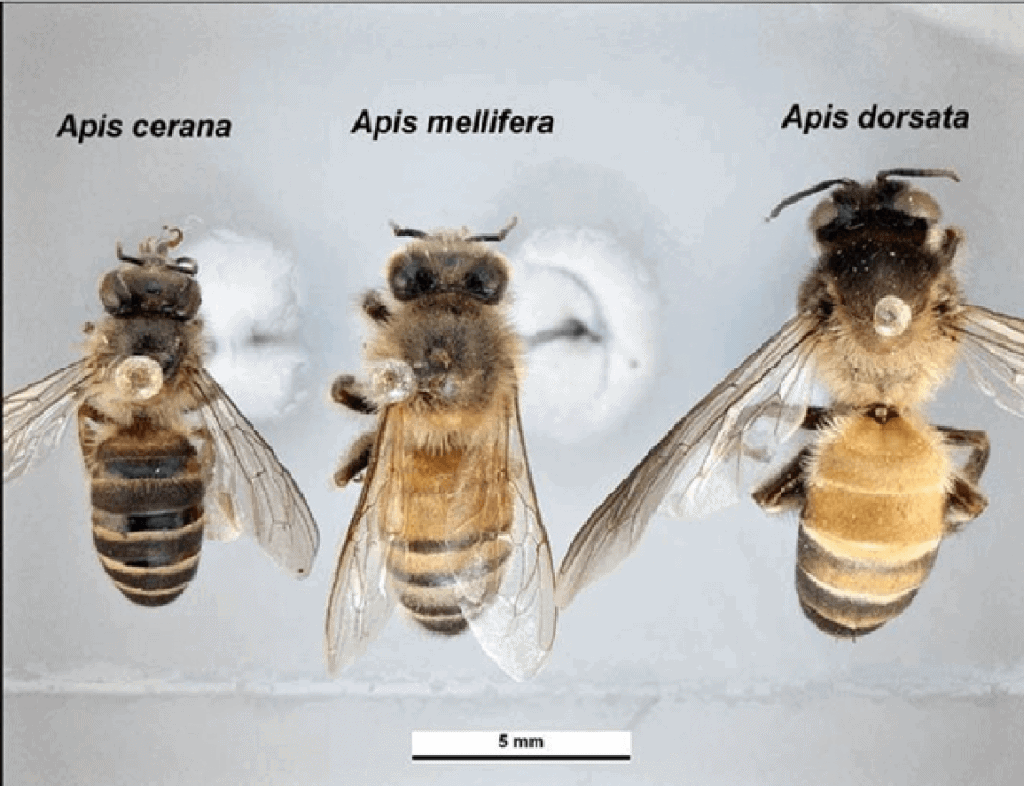
With a better understanding of the potential threats facing your bees, it’s time to explore treatment options for various bee diseases.
Treatment Options for Various Bee Diseases
Let’s dive into treatment options for bee diseases, so we can keep our buzzing buddies healthy and happy. When it comes to treating bee diseases, there are two main options: natural remedies and chemical treatments. Natural remedies include things like essential oils, herbs, and other plant-based products that have been shown to be effective against certain types of bee diseases. Chemical treatments, on the other hand, involve using synthetic chemicals that are specifically designed to kill off harmful bacteria or viruses.
Preventative measures and hive management strategies are also important for maintaining bee health. This includes things like regular hive inspections, keeping hives clean and well-ventilated, providing bees with a diverse range of food sources, and ensuring they have access to clean water. By taking these steps to prevent disease in the first place, you can reduce your reliance on treatments and ensure your bees stay healthy for longer periods of time. Now let’s transition into discussing artificial insemination techniques without skipping a beat!
Artificial Insemination Techniques
Now, it’s time to get down to business and learn the ins and outs of getting those queen bees fertilized with the perfect drone semen. Artificial insemination is a complex process that requires precise equipment and expertise in bee genetics and selection. Here are four key things you need to know about artificial insemination techniques for queen bees:
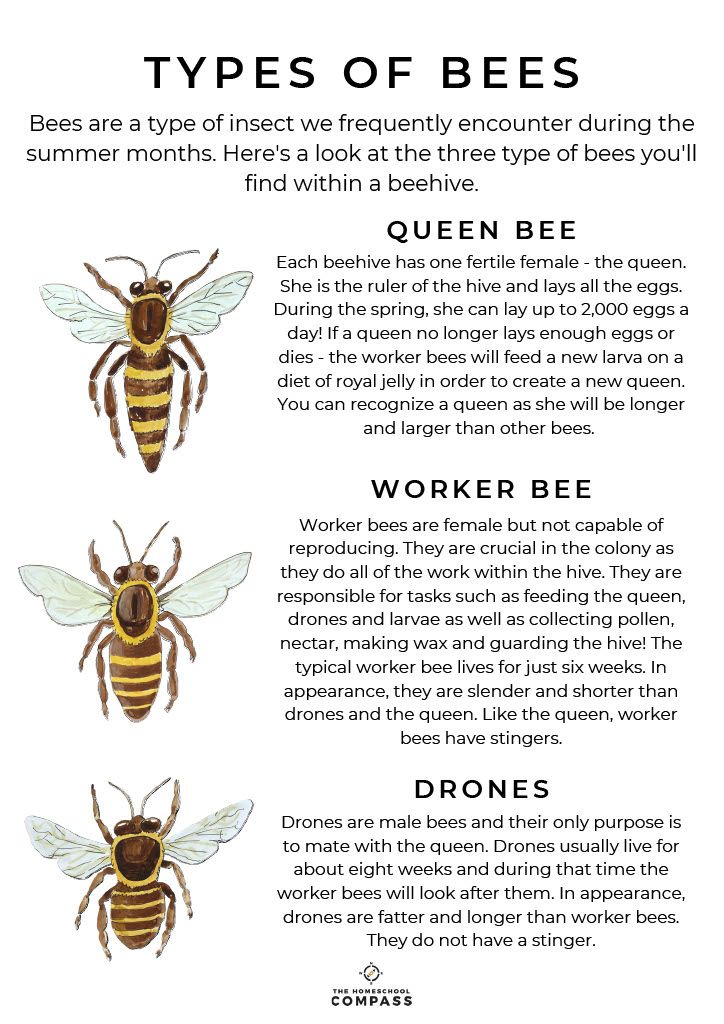
- Insemination equipment: The equipment used for artificial insemination of queen bees consists of a specialized glass pipette or straw, which is inserted into the reproductive tract of the queen bee.
- Bee genetics and selection: The quality of drone semen used in artificial insemination plays a crucial role in producing healthy colonies. It’s essential to select drones from genetically diverse colonies that exhibit desirable traits such as docility, disease resistance, honey production, etc.
- Timing: Timing is everything when it comes to artificial insemination; it’s best performed early in the morning when queens are more receptive.
- Technique: Proper technique is critical for successful fertilization; this includes proper placement of the pipette/straw, correct pressure applied during injection, and consistent temperature control.
With these factors in mind, you can successfully perform artificial insemination on your queen bees! Now let’s move onto some success stories and case studies relating to advanced beekeeping techniques without missing a beat!
Success Stories and Case Studies
Congratulations on learning the advanced techniques of artificial insemination for bees! Now that you have mastered this skill, it is time to see how these techniques have helped other beekeepers. There are countless success stories and case studies that showcase the power of beekeeping innovations and the training of a Bee Whisperer.
One such story comes from a commercial beekeeper who was struggling with low queen productivity in his hives. After attending a Bee Whisperer training course, he learned how to properly diagnose and treat queen health issues. With the help of artificial insemination, he was able to improve his hive’s productivity by over 50%. This not only increased his honey production but also contributed to overall bee health in his area. These kinds of success stories prove just how important it is to continue innovating and improving our techniques when it comes to beekeeping.
As we look towards the future of beekeeping and bee health, it is clear that there is still much work to be done. However, with dedicated individuals like yourself continuing to learn and implement new techniques, we can make great strides in preserving these important pollinators for generations to come. So let’s keep buzzing forward with innovation and dedication in our efforts towards sustainable beekeeping practices!
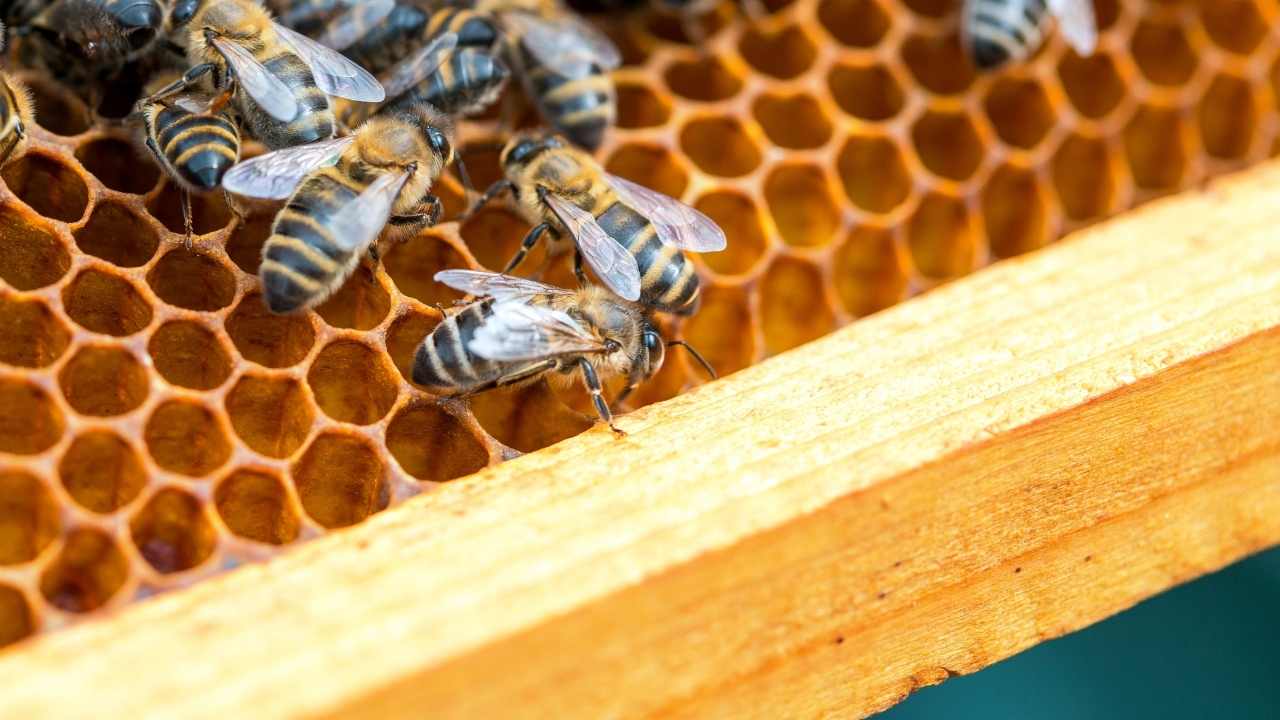
Future of Beekeeping and Bee Health
As you explore the future of beekeeping and the health of our vital pollinators, it becomes increasingly clear that embracing innovation and continually seeking out new knowledge is essential for sustaining these crucial ecosystems. Bee conservation efforts are being spearheaded by a variety of organizations across the globe, with a focus on developing sustainable practices that can reduce stressors such as pesticides, habitat loss, and disease.
Technological advancements have played a key role in advancing beekeeping practices in recent years. From remote monitoring systems to advanced analytics tools for tracking hive health, technology has given us unprecedented insight into the behavior and needs of bees. As we continue to develop new innovations in this field, we can expect to see even more breakthroughs that will help us better understand how to protect these vital pollinators from threats both known and unknown. By investing in research and development today, we can ensure that future generations will be able to enjoy the many benefits that bees bring to our world.
Frequently Asked Questions
What is the cost associated with becoming a bee whisperer and learning advanced techniques in beekeeping?
Becoming a bee whisperer and learning advanced techniques in beekeeping can be a costly endeavor. The cost of training and certification can vary depending on the resources available to you. However, investing in proper education is essential for success in this field. There are various programs and courses that offer comprehensive training, but it’s crucial to research the options thoroughly before making a decision. It’s important to consider not only the financial cost but also the time commitment required to complete the training. Ultimately, becoming a skilled beekeeper requires dedication, hard work, and a willingness to learn continuously.
Are there any risks associated with performing artificial insemination on bees?
Performing artificial insemination on bees may seem like a harmless procedure, but potential complications and ethical concerns should not be overlooked. There is a risk of damaging the queen bee’s reproductive organs during the process, which could lead to her inability to lay eggs or even death. Additionally, artificially inseminated queens may produce offspring that are genetically inferior and lack natural resistance to diseases. This could have a significant impact on the bee population as a whole. It is important for beekeepers and researchers alike to carefully consider the potential risks and benefits before opting for artificial insemination as a solution for maintaining healthy hives.
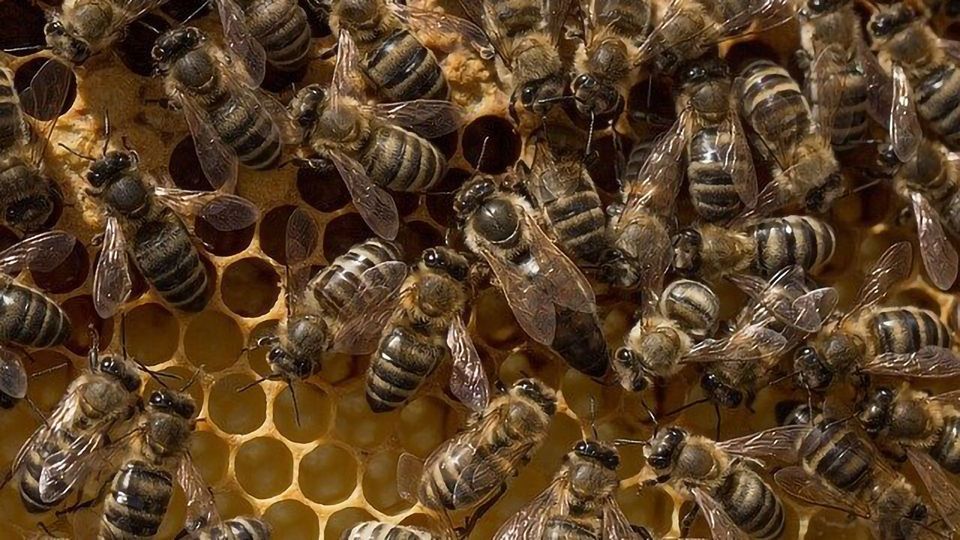
How long does it typically take to master the advanced techniques of beekeeping and disease diagnosis?
If you’re interested in becoming a skilled beekeeper and mastering the art of disease diagnosis, it’s important to understand that training duration can vary depending on your commitment and experience level. While some individuals may pick up these advanced techniques quickly, others may require more time and practice to truly master them. To become proficient in beekeeping and disease diagnosis, it’s essential to have a deep understanding of the biology and behavior of bees, as well as the various diseases that can affect them. With dedication, hard work, and proper training, you’ll be able to develop the skills needed to effectively care for your bees and keep them healthy for years to come.
Can bee whispering techniques be used on other types of insects or animals?
When it comes to insect communication and animal whispering, the possibilities are endless. While bee whispering techniques may be specifically tailored to honeybees, the principles of understanding and communicating with insects and animals can be applied to a variety of creatures. With a keen eye for detail and a deep understanding of behavior patterns, you can develop advanced techniques for diagnosing diseases and inseminating creatures beyond just bees. Of course, mastering these skills takes time and dedication – but the rewards in terms of both personal fulfillment and the ability to serve others who depend on these creatures are immeasurable. So whether you’re interested in becoming an expert bug or bird whisperer, know that there’s no limit to what you can achieve with hard work and a little bit of hyperbole.
What measures can be taken to prevent the spread of disease among bee colonies?
As a responsible beekeeper, there are several preventive measures you can take to prevent the spread of disease among your bee colonies. One of the most important things you can do is practice good colony management. This means regularly inspecting your hives for signs of disease and taking appropriate action if you detect any issues. You should also be sure to keep your equipment clean and sanitized, as this can help prevent the spread of diseases like American foulbrood. Additionally, it’s important to avoid moving bees around unnecessarily, as this can increase their stress levels and make them more susceptible to disease. By following these simple steps, you can help ensure that your bees stay healthy and productive all season long.
Conclusion
Now that you have learned about the fascinating work of a bee whisperer, you may be wondering how you can get involved in beekeeping and contribute to the health of these vital pollinators. One common objection to beekeeping is the fear of getting stung, but with proper protective gear and training, this risk can be minimized. Additionally, there are many resources available for novice beekeepers including local clubs and workshops.

As we continue to face challenges such as climate change and habitat loss, it is more important than ever to prioritize the health of our bees. By utilizing advanced techniques in disease diagnosis and artificial insemination, beekeepers can play a crucial role in ensuring the survival of these essential insects. So whether you are an experienced apiarist or just starting out, consider joining the ranks of bee whisperers around the world who are working tirelessly to protect our buzzing friends.

Roger Thomas is a seasoned beekeeper and hive architect with a deep-seated passion for sustainable living. His fascination with bees has shaped his professional career, giving him practical and theoretical expertise in bee behavior, colony health, and optimal hive conditions. Roger’s technical skills shine in his bespoke hive creations that cater to the specific needs of diverse bee species, while his sustainable practices promote environmental balance and the wellbeing of the bee population.
As he continues his journey in beekeeping, Roger has become a dedicated advocate for responsible practices and an insightful educator in his field. His posts aim to inspire new beekeepers, underline the importance of sustainability, and showcase the remarkable contribution bees make to our ecosystem. Roger invites you to join him as he delves into the world of bees and the rewarding, honey-sweet art of beekeeping.


